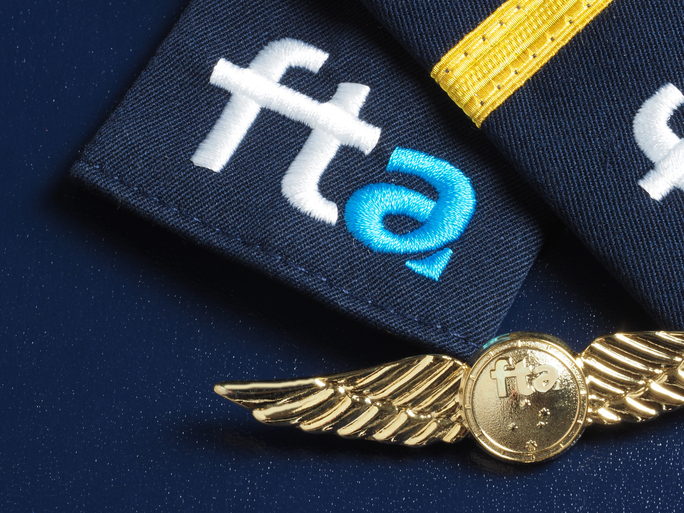Hi there, potential future professional pilot! Your interest in becoming a pilot has brought you to this page and you might be wondering how to become a commercial pilot in Australia? Is becoming a commercial pilot your dream or are you simply just curious about finding out how to become a pilot in Australia? If you answer yes to either one of these, then the information provided below is for you.

Becoming a commercial pilot is an exciting occupation where you can fly high above the clouds and see the world from a unique perspective. If you’re 18 years of age or older and the type of person that is calm under pressure, has good grasp of mathematics and physics, possesses great English reading, writing and comprehension skills, then a career as a professional pilot could be your calling.
There is also great demand globally for more commercial pilots, with Boeing estimating an additional 612,000 pilots will be needed in the next 20 years*.
*Data sourced from http://www.boeing.com/commercial/market/pilot-technician-outlook/
How to Become a Commercial Pilot in Australia – 3 Steps
Step 1 – Complete the selection process
Prior to enrolling into the course, shortlisted students that meet the pre-requisites are required to complete a selection process arranged through our Parafield (SA) campus. Selection includes aviation-specific entrance exams, aptitude testing, and an interview. For more information about applying to undertake our courses, please refer to the selection information.
Students must also gain their Class 1 medical certificate from the Civil Aviation Safety Authority (CASA) to be able to undertake practical flying lessons.
Step 2 – Study an AVI50219 Diploma of Aviation (Commercial Pilot Licence – Aeroplane)
Before you can jump inside the cockpit, you’ll also need a thorough understanding of what it takes to fly an aircraft. Delivered in accordance with CASA requirements, our AVI50219 Diploma of Aviation (Commercial Pilot Licence – Aeroplane) will provide you face-to-face ground theory instruction that will set you on course for achieving your commercial pilot licence.
With our AVI50219 Diploma of Aviation (Commercial Pilot Licence – Aeroplane), you will also gain flight experience. You’ll undertake commercial flying training at our Parafield (SA) campus, with access to over 30 aircraft as well as state-of-the-art simulators. Both campuses offer fully serviced onsite accommodation, so you can totally immerse yourself into your aviation journey.
While on this course, you will be conducting supervised flight training towards an integrated commercial pilot licence (CPL). FTA’s integrated CPL includes 155 hours of aeronautical experience. You won’t need a licence to fly as a student pilot as you will be under the guidance of a qualified instructor throughout your training.
Step 3 – Gain your licence
The culmination of your AVI50219 Diploma of Aviation (Commercial Pilot Licence – Aeroplane) is completing your CPL flight test. Once this is attained you can now be employed as a commercial pilot in Australia. However, it should be noted that you will be limited to flying single-engine aircraft in visual weather conditions only.
The minimum requirement by most airlines is to be able to fly a multi-engine aircraft in all types of weather conditions. This can be achieved by undertaking FTA’s AVI50519 Diploma of Aviation (Instrument Rating – Aeroplane).
If a career in an airline is not your preference, you might want to explore a career as a flight instructor. In order to be employable as an instructor, you need to achieve the necessary qualifications. These can be attained via FTA’s AVI50419 Diploma of Aviation (Flight Instructor).
For more information on our rotary-wing training and how to become a helicopter pilot – Diploma of Aviation (Helicopter) – please click here.

